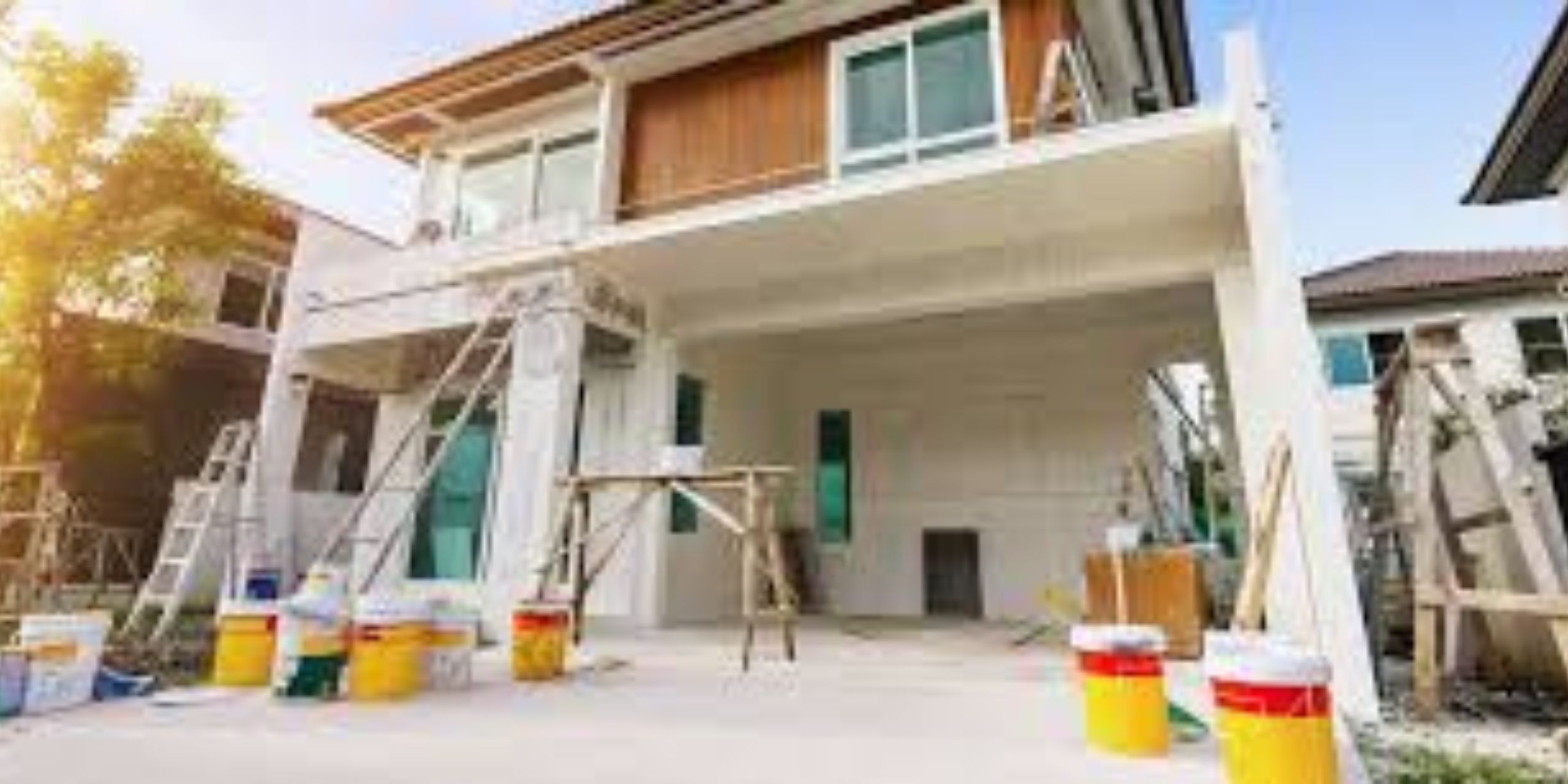The industries of home remodeling and road building might initially seem to be completely unrelated. But closer inspection reveals that these two seemingly unrelated industries have much more in common than first appears. The fundamental principles that govern the construction of roads and the rehabilitation of homes have many parallels, from the planning stages to the final execution. This article will examine the similarities between these two businesses and will highlight the recipe for success that can be used for both home and road renovations.
Planning and design are the cornerstones of any successful project, whether it be a road or a home improvement. Before construction begins, engineers, architects, and other parties involved must work together to develop a thorough plan that describes the project’s goals, timetable, and scope. This procedure is crucial for seeing possible problems, allocating resources, and creating a clear picture of the desired result.
To make sure that the suggested changes are in line with local requirements, this may be done in the context of road building by performing traffic studies, assessing environmental effects, and communicating with stakeholders in the community. Similar to this, architects and designers must collaborate closely with homeowners to fully grasp their preferences, evaluate the building’s structural stability, and create a layout that maximizes utility, beauty, and long-term worth.

Road construction projects and home renovations both require permits and compliance with a variety of rules. These may include zoning laws, environmental regulations, and traffic management plans for building roads. On the other hand, home renovation projects frequently need building licenses and adherence to regional zoning laws, building codes, and homeowners association (HOA) rules.
In either scenario, it is essential for project managers to be knowledgeable about the relevant laws and ordinances and to secure the required permits prior to starting work. This not only guarantees that the project complies with legal requirements but also aids in avoiding delays and additional costs brought on by non-compliance.
Budgeting and Resource Allocation: A project’s blueprint for success includes efficient budgeting and resource allocation, regardless of its size or scope. Managers must carefully balance the available resources—financial, material, and human—with the project’s goals and timeframe in both road and residential renovation projects. Prioritizing activities, negotiating with suppliers and contractors, and making necessary revisions to keep under budget limitations are all common parts of this process.
This may require obtaining funding for road construction projects from a number of sources, including the municipal, state, or federal governments, as well as distributing funds for materials, labor, and equipment. On the other hand, homeowners frequently set a budget for home renovation projects and collaborate with contractors to find affordable solutions that satisfy their needs and preferences.
Both road construction and home renovation projects require professional labor and specialized expertise to be completed. Hiring heavy equipment operators, traffic control experts, and asphalt professionals, among others, may be necessary in the road building sector. Carpenters, plumbers, and other experienced tradesmen are essential for carrying out various components of the project in the field of home remodeling.
In both situations, the skill and craftsmanship of the people involved have a significant impact on the final product’s quality. The success of a project depends on choosing the proper team members and making sure they have the required knowledge, experience, and certifications.
Quality Control and Assurance: The requirement for strict quality control and assurance procedures is another similarity between road and home repair projects. Throughout the project, this entails routine testing, inspections, and monitoring to make sure that the materials and workmanship adhere to the necessary standards and requirements. When high standards are not upheld, the finished product may be less durable or require expensive maintenance.
Testing the subgrade’s compaction, gauging the asphalt mix’s consistency, and keeping an eye on the correct positioning of drainage systems are a few examples of quality control procedures that may be used in the building of roads. In home renovation projects, quality assurance may entail checking the structural components, plumbing fixtures, or electrical systems that have been installed for craftsmanship that complies with building codes and homeowner expectations.
Communication and coordination: Both road construction and home repair projects require effective communication and coordination between all parties involved. This entails keeping lines of communication open between the project’s managers, contractors, suppliers, and other stakeholders. To make sure that everyone is on the same page and that any issues or complaints are immediately handled, regular progress meetings and reports are helpful.

To minimize interruptions and preserve public safety during road building projects, local government agencies, utility providers, and impacted citizens or businesses may need to be consulted. Effective communication between homeowners, contractors, and designers is essential for making sure that the results of home improvement projects live up to everyone’s expectations.
Road and home repair projects both have a final step that entails finishing the work, reviewing the outcomes, and resolving any outstanding problems or issues. Final inspections, fixing punch list issues, and checking that all paperwork, licenses, and warranties are in place are a few examples of what this may include.
It’s crucial to assess the project’s success and note any lessons learnt when it is over. This can contribute to the continual development and refining of the recipe for success in both road and home repair projects.
Although they may at first glance appear to be incomparably unrelated, road building and home improvement have many things in common. The guiding concepts for all projects are strikingly similar, from planning and design to regulatory compliance, skilled labor, quality control, and good communication. Project managers, contractors, and homeowners may all boost the likelihood of success in their individual undertakings, whether they include paving new roads or remodeling living spaces, by comprehending and putting these fundamental notions into practice.

